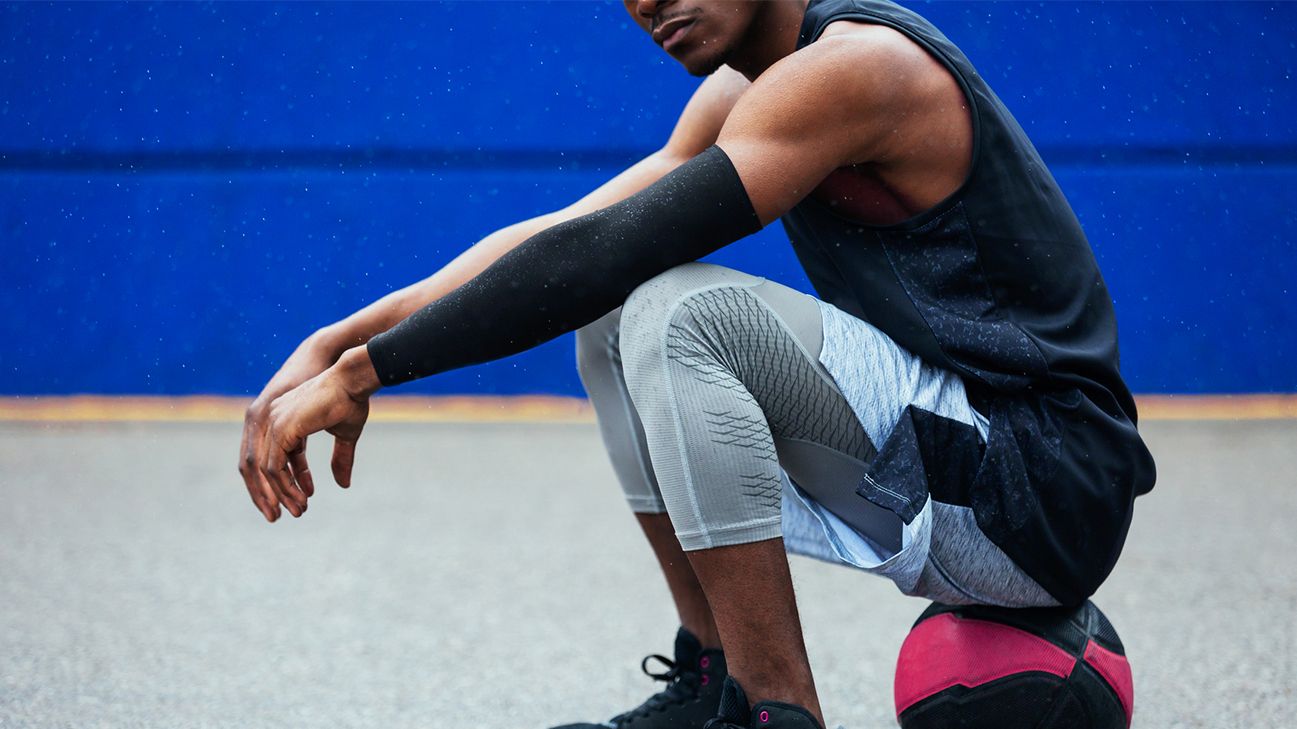
Joint pain is no joke. It can be dull, achy, and sometimes even feel like a sharp, stabbing pain, which can get in the way of everyday activities.
Sacroiliac joint dysfunction, more commonly known as SI joint pain, can happen when one or both joints become inflamed in the area where the bottom of your back bone meets your pelvis.
This means you may feel pain that goes all the way from your hips to your thighs, and in more severe cases, numbness or tingling. It can quite literally be a pain in the ass.
Don’t fret, though. There are many promising options for SI joint pain relief, most of which only require a few minutes of your time each day or come in the form of over-the-counter (OTC) medicine.
And the good news is, most SI joint pain, even though it can come on hard and fast, heals within a few days to a few weeks. More chronic forms of SI joint pain can also be successfully managed.
If you’re experiencing SI joint pain, you’re not alone. A whopping 25 percent of lower back pain may be caused by the sacroiliac joint. Yet look no further for SI joint pain relief. Here’s how to rein in any joint discomfort.
Most treatments for SI joint pain look to you as the captain. That’s right, just a handful of lifestyle changes, exercises, and OTC items can help you maximize SI joint pain relief.
To literally cool down symptoms of SI joint pain, ice can be your best friend. Applying ice to your lower back and pelvis can help lower inflammation while also relieving pain.
Don’t forget to switch it up and incorporate heat into your regimen as well. A heating pad placed around the painful joint (or even taking a hot bath) can help reduce any pesky muscle tension or spasms.
Exercise and stretches can also help you tremendously. A knee-to-chest stretch or trunk rotation stretch, for example, can help you release tension built up in your muscles. The less tension in your muscles, the less pressure they put on your sacroiliac joint.
A great way to learn how to do these stretches is to browse YouTube for examples. But remember: don’t overdo it. If a stretch is causing you pain, it’s smarter to back off than to keep stretching as to avoid worsening your pain.
You might also want to talk with a doctor about whether physical therapy is a good option for you.
Ergonomic hip cushions or joint belts designed specifically for SI joint pain relief can also go miles in relieving your symptoms. These items can be purchased online or in some stores.
If none of these options help, OTC pain relievers like ibuprofen or naproxen can provide SI joint pain relief. Your doctor may even consider prescription pain relievers for more severe cases. In these severe cases, supports or braces, chiropractic services, or sacroiliac joint injections might also offer SI joint pain relief.
Many cases of SI joint pain occur as the result of falls, injuries, car accidents, pregnancy, or childbirth. Sometimes, hip or spine surgery can also cause SI joint pain to rear its head.
Your sacroiliac joint may become angry and cause pain and discomfort if there’s too much pressure put on it. Easy ways to aggravate SI joint pain are through high impact activities like running, jumping, contact sports, and heavy labor jobs.
Sometimes, standing for too long can also make your sacroiliac joint fire up with pain. If you’re experiencing SI joint pain, it’s best to steer clear of activities like kickboxing, trail hikes, and heavy lifting until your symptoms subside.
In some instances, having weakened abdominal, gluteal, and spinal muscles can result in more pain. If this is the case, consider light strengthening exercises that target these three areas to build up strength and condition your body.
Just be mindful of exercises that may require rotational or repetitive movements. Neither are friendly to SI joint pain and can actually aggravate symptoms.
The type of SI joint pain you’re experiencing will determine whether you should stock up on ice packs or nestle into a heating pad. Neither is necessarily better, but rather each serves its own purpose.
Swelling and inflammation will always benefit from ice, which can bring both down, while muscle spasms and overall tension (or tightness) can be eased with the help of heat.
For the first few days after pain presents itself (typically after an injury), you may have more swelling and inflammation, meaning you should turn to ice first and then consider heat after about a week.
Each day you can take steps to relax the joint. Things you can try include:
- stretching
- gentle exercise, like yoga, walking, or swimming
- wearing comfortable shoes
- avoiding activities that involve shifting your balance, like golf or aerobics
- maintaining a straight posture when sitting
- using pillows to ensure a comfortable sleep position
Even simple strategies like drinking plenty of water and keeping stress levels low can help you on your journey to recovery. This is because water has the power to keep our joints lubricated, improving overall joint health.
Managing stress levels, on the other hand, may help with inflammation. It’s a proven fact that stress can send your immune system’s inflammatory response into a frenzy. This can counteract any attempt at the reduction of inflammation — one of the key elements of SI joint pain relief.
You can successfully manage SI joint pain with a few tips and tricks. The best part is, many methods people turn to for SI joint pain relief are easy strategies that you can incorporate into your everyday life.
If you find that none of these methods work, consider connecting with your doctor to figure out possible options that can help you.
